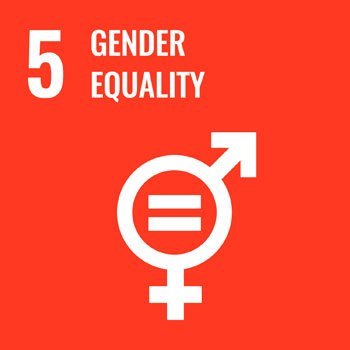Inventions boom in ‘assistive tech’ offers wider benefits for all
After double-digit growth in the sector in recent years, the Geneva-based World Intellectual Property Organization said that “assistive technologies” are increasingly finding their way into mass-market consumer applications.
The result offers the possibility of greater autonomy for users in negotiating their environment, work and home life.
Two billion people in need by 2030
“Currently, an estimate of one billion people around the world benefit from an assistive technology. That figure is expected to double by 2030 as the population ages,” said Marco Aleman, Assistant Director General, IP (Intellectual Property) and Innovations Ecosystem Sector.
In addition to improvements in established products, including wheelchair seats or wheels that can be adjusted for difficult terrain, environmental alarms and Braille-enabled devices, WIPO said that “emerging assistive” devices grew three times faster between 2013-2017, with a 17 per cent average annual growth rate.
Robot helpers
Products in this sector include assistive robots in the home and wearable products for visually impaired people and smart glasses according to the WIPO Technology Trends Report 2021: Assistive Technologies.
Other emerging products that are expected to catch on include advanced walking aids such as balancing aids and “smart” canes, advanced prosthetics – including neuroprosthetics, smart and 3D printed prosthetics – and wearable “exoskeleton suits” for the lower and upper body, to help with lifting chores and improve mobility.
“The assistive technology came from the military applications and now we see increasing applications in manufacturing and industry, so it helps people enhance their power, they can carry more weight, so that we already see,” noted Irene Kitsara, Industrial Property Information Officer, IP and Innovations Ecosystem Sector at WIPO.
Brainwaves
By 2030, the WIPO official maintained that “it will be a reality (to see) more advancements in (the) brain-to-machine interface…which allow us to control different devices: computers, mobile phones”.
Help is also much more widely available than previously for people with hearing difficulties, thanks to recent technology advances in “environment-controlling and mind-controlled hearing aids, with cochlear implants accounting for nearly half of patent filings.
The areas of greatest growth in hearing are in non-invasive bone conduction devices (31 per cent annual growth), WIPO said.
“Now we see over-the-head – the counter – hearing aids, which are (US health regulator) FDA-approved in the States, which is considered a consumer electronic good, but it can serve people who are not considered persons with a functional limitation as such but who would not otherwise benefit from a hearing aid,” said Irene Kitsara.
Smart transformation
The same transformation of conventional products into “smart” devices is also set to reach the personal health care sector, with innovations including “smart diapers and feeding assistant robots”, WIPO maintained.
“We can use the same applications for digital health and better health,” continued Kitsara. “As a result of that we can see more products, we can see increased competition, and something that was considered to be a niche area and a specialized product with very high prices, it starts going down.”
China, the US, Germany, Japan and the Republic of Korea are the five main origins of innovation in assistive technology, patent data filings show.
“When it comes to universities and public research centres, Chinese universities dominate the top,” said Aleman. “If we take the top 100 applicants among the 25 universities and research centres, 20 are Chinese, two American, one Korean, one from the Russian Federation and one from Japan.”

 Sudan that reads “No water, No life.” ” width=”100%” height=””/>
Sudan that reads “No water, No life.” ” width=”100%” height=””/>




 The extra material in chromosome 21, which characterises Down Syndrome, commonly results in variable effects on learning styles, physical characteristics and/or health. Photo: UN Photo/Paulo Filgueiras
The extra material in chromosome 21, which characterises Down Syndrome, commonly results in variable effects on learning styles, physical characteristics and/or health. Photo: UN Photo/Paulo Filgueiras
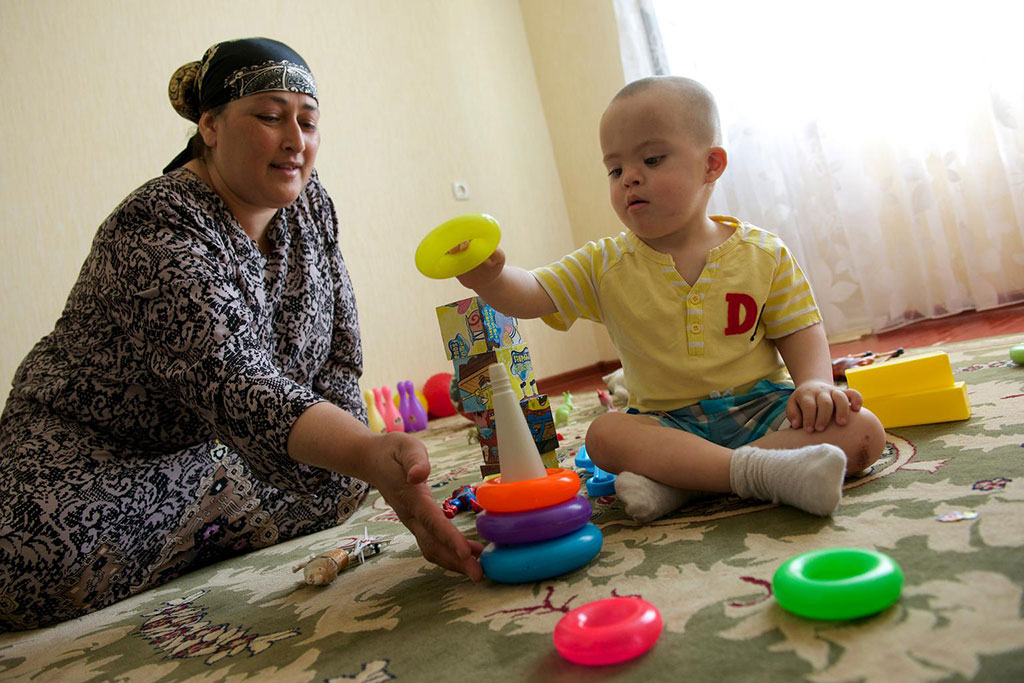 Early intervention programmes that include education, as well as appropriate research, are vital to the growth and development of the affected individual. Photo: UNICEF/Noorani
Early intervention programmes that include education, as well as appropriate research, are vital to the growth and development of the affected individual. Photo: UNICEF/Noorani
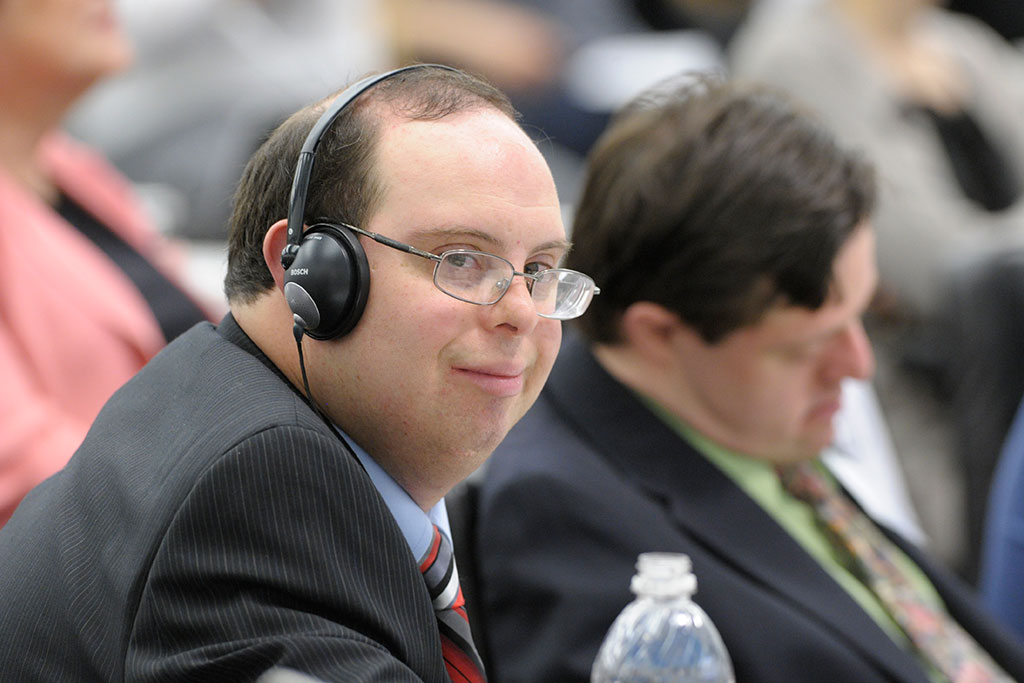
 Member States, relevant organizations of the UN system and other international organizations, as well as civil society, are invited to observe the Day and raise public awareness of Down Syndrome. Photo: Fundown Caribe
Member States, relevant organizations of the UN system and other international organizations, as well as civil society, are invited to observe the Day and raise public awareness of Down Syndrome. Photo: Fundown Caribe
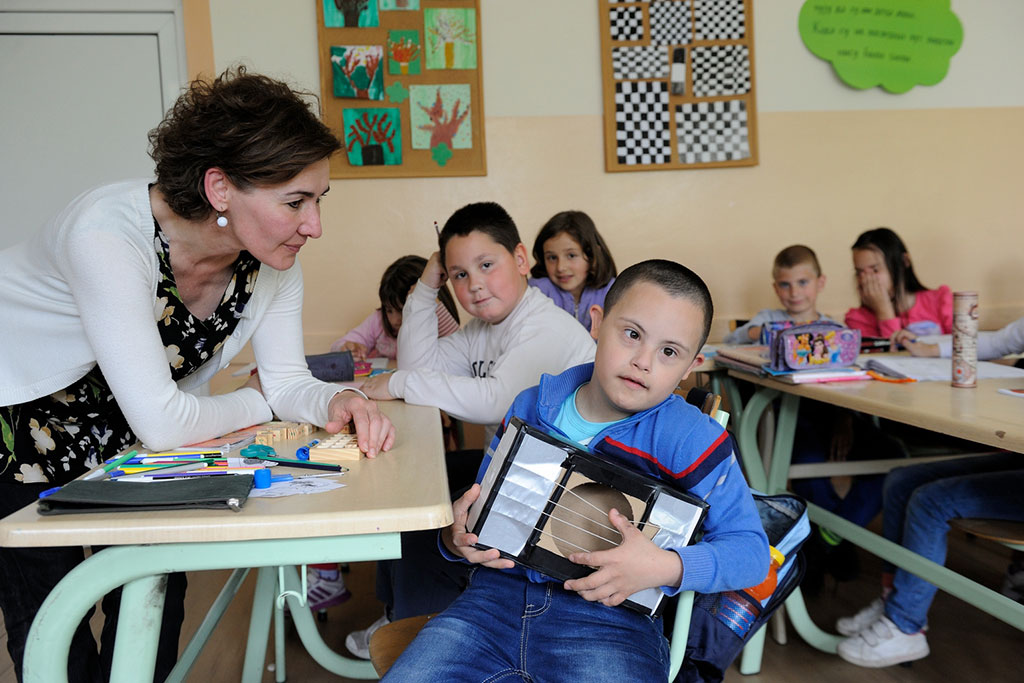 The quality of life of affected individuals can be improved by meeting health care needs that include: regular medical exams to monitor mental and physical condition and timely intervention, including physiotherapy, occupational therapy, speech therapy, counselling and/or special education. Photo: UNICEF/Shubuckl
The quality of life of affected individuals can be improved by meeting health care needs that include: regular medical exams to monitor mental and physical condition and timely intervention, including physiotherapy, occupational therapy, speech therapy, counselling and/or special education. Photo: UNICEF/Shubuckl
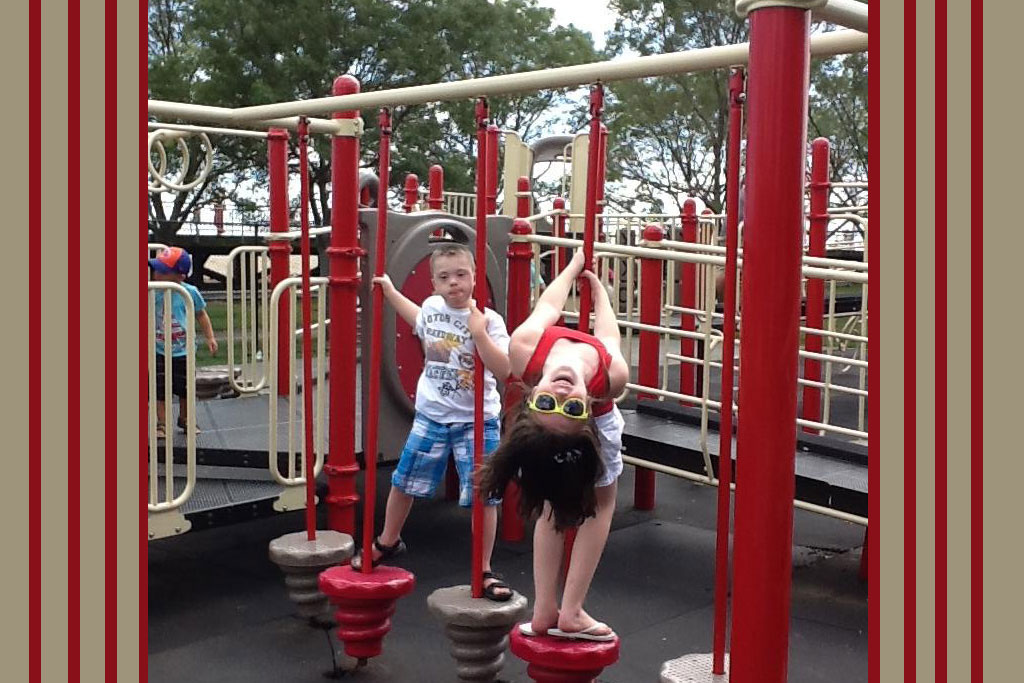 Individuals with Down Syndrome can achieve optimal quality of life through parental care and support, medical guidance and community based support systems like inclusive education at all levels. Photo: Margaret Thompson
Individuals with Down Syndrome can achieve optimal quality of life through parental care and support, medical guidance and community based support systems like inclusive education at all levels. Photo: Margaret Thompson
 Under the hashtag #MyVoiceMyCommunity, this year’s commemoration aims to enable people with Down Syndrome to speak up, be heard and influence government policy and action. UN Photo/Paulo Filgueiras
Under the hashtag #MyVoiceMyCommunity, this year’s commemoration aims to enable people with Down Syndrome to speak up, be heard and influence government policy and action. UN Photo/Paulo Filgueiras

 Brussels on January 29, 2021 at the end of his mission to the European Union.” width=”100%” height=””/>
Brussels on January 29, 2021 at the end of his mission to the European Union.” width=”100%” height=””/>